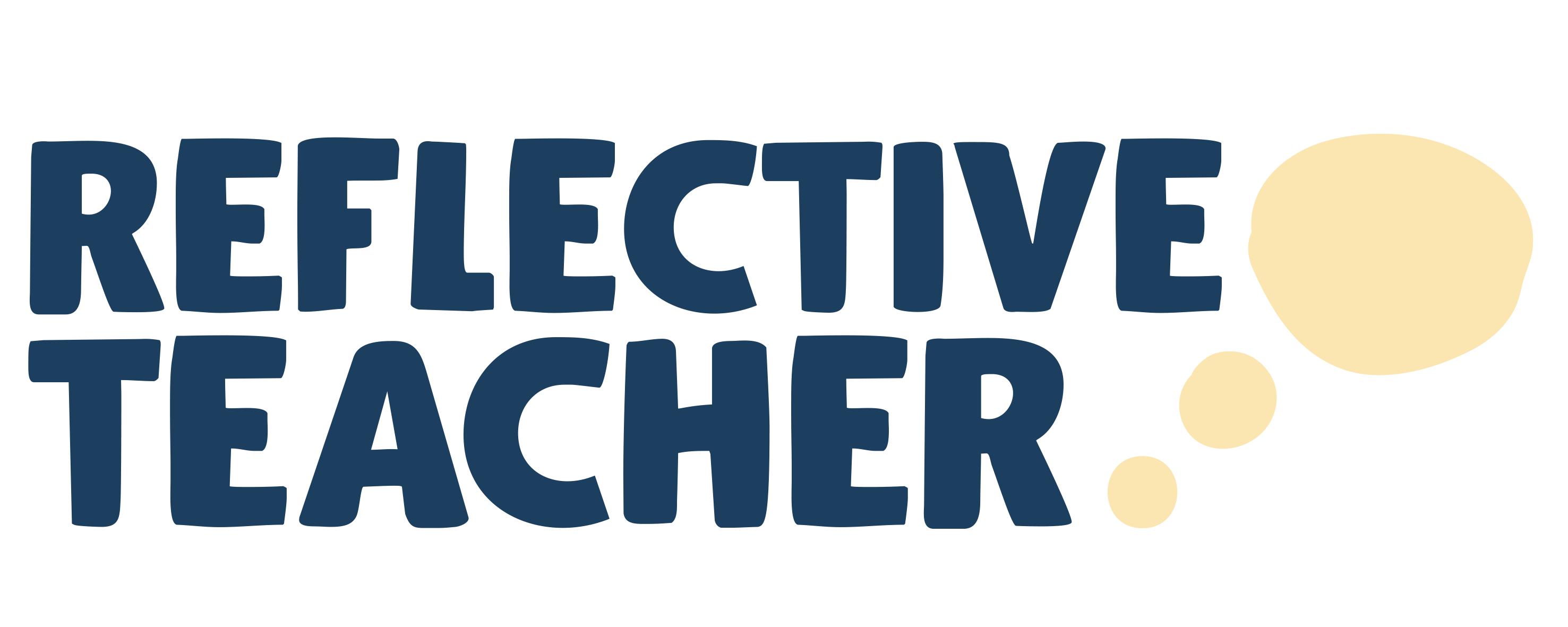Hey there, fellow educators! 👋 Ever felt like you’re stuck in a teaching rut or wondered how other teachers manage to create those “aha” moments in their classrooms? Let’s dive into an exciting concept that can revolutionise our teaching practices: peer observations! 🌟

Introduction to the Concept of Peer Observations 📚
Peer observations are exactly what they sound like – teachers observing other teachers in their classrooms. But this isn’t about nitpicking or being critiqued; it’s about learning and growing together. Imagine getting a front-row seat to your colleague’s innovative teaching strategies, classroom management techniques, and creative lesson plans. Sounds pretty awesome, right?
In a nutshell, peer observations involve:
- Observation: One teacher observes another during a live class.
- Reflection: The observer takes notes and reflects on what they saw.
- Feedback: Constructive, supportive feedback is shared.
It’s a collaborative process aimed at professional development, fostering a culture of continuous improvement and support among teachers. Let’s break down why this is such a game-changer for schools.
Detailed Explanation of the Benefits for Teachers and Schools 🌟
For Teachers:
- Professional Growth: Watching a colleague in action can inspire you to try new techniques or tweak your existing methods. It’s like getting a free, personalized professional development session! 🎓
- Increased Collaboration: Peer observations break down the silos in schools. Teachers start working together more closely, sharing resources, and supporting each other. 🤝
- Enhanced Self-Reflection: Seeing how others teach can prompt you to reflect on your own practices. It’s a great way to identify areas for improvement and celebrate what you’re doing well. 🌱
- Reduced Isolation: Teaching can sometimes feel like a solitary job. Peer observations create a sense of community and shared purpose, making the school environment more positive and inclusive. 🏫
For Schools:
- Improved Teaching Quality: When teachers continuously learn from each other, the overall quality of teaching in the school improves. This directly impacts student learning outcomes. 📈
- Fosters a Learning Culture: Schools that implement peer observations promote a culture of ongoing learning and improvement, which is beneficial for both staff and students. 🏆
- Retention of Staff: Teachers are more likely to stay in a supportive and collaborative environment where they feel valued and continuously learn. This helps schools retain talented staff. 🌟
- Positive School Climate: A collaborative approach to professional development creates a more positive and dynamic school climate, which can also be attractive to prospective staff and families. 😊



Comments are closed